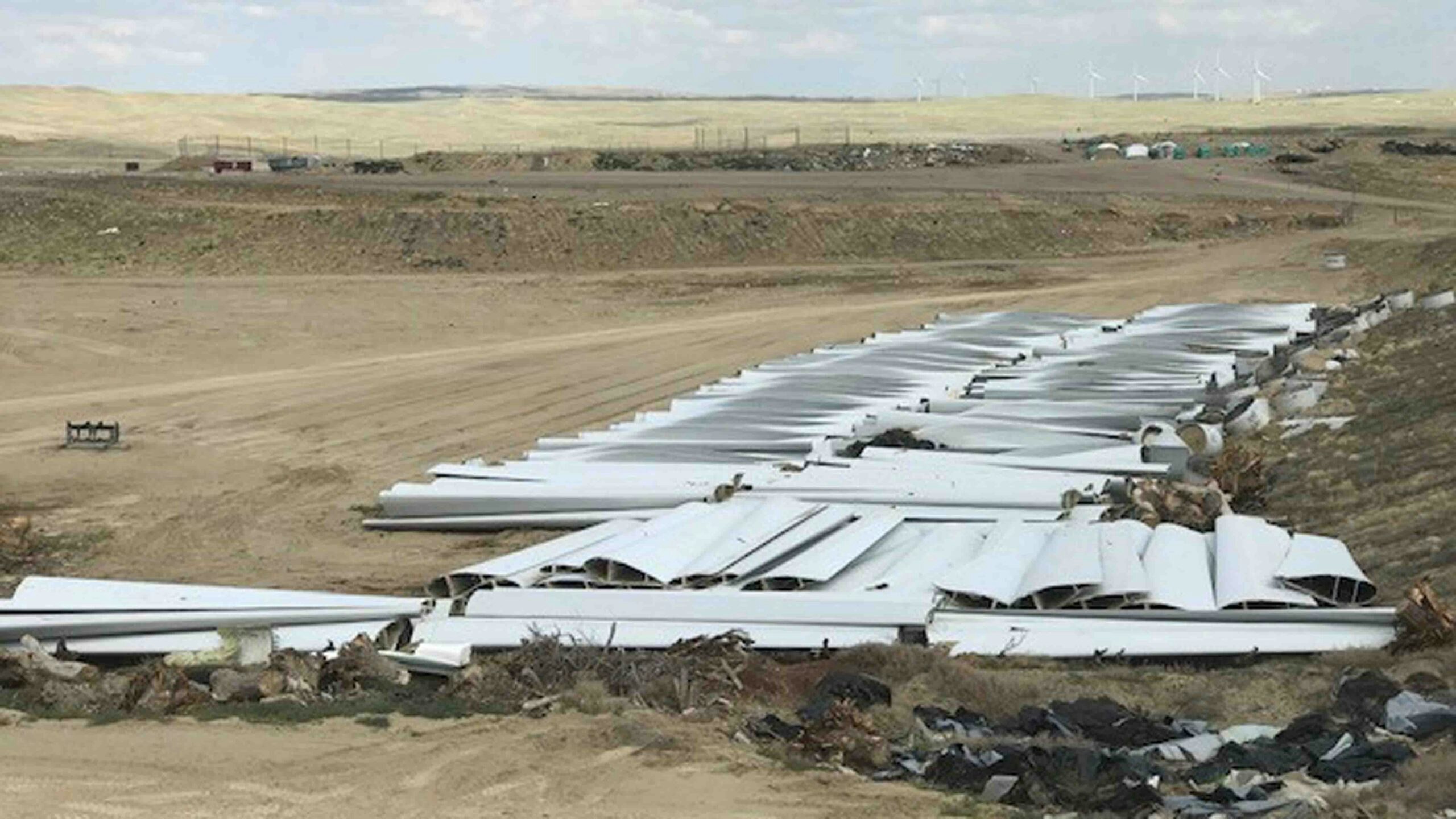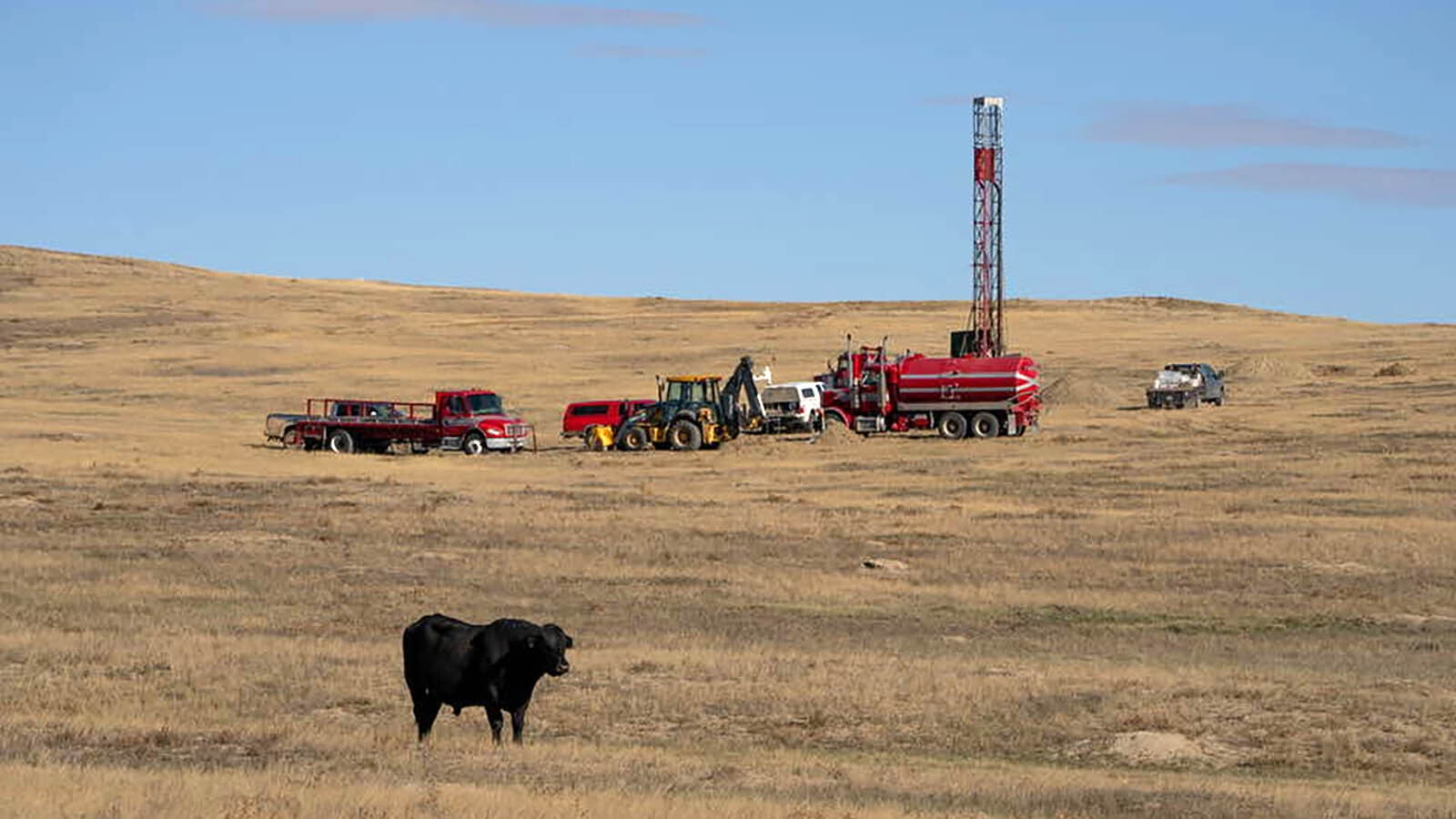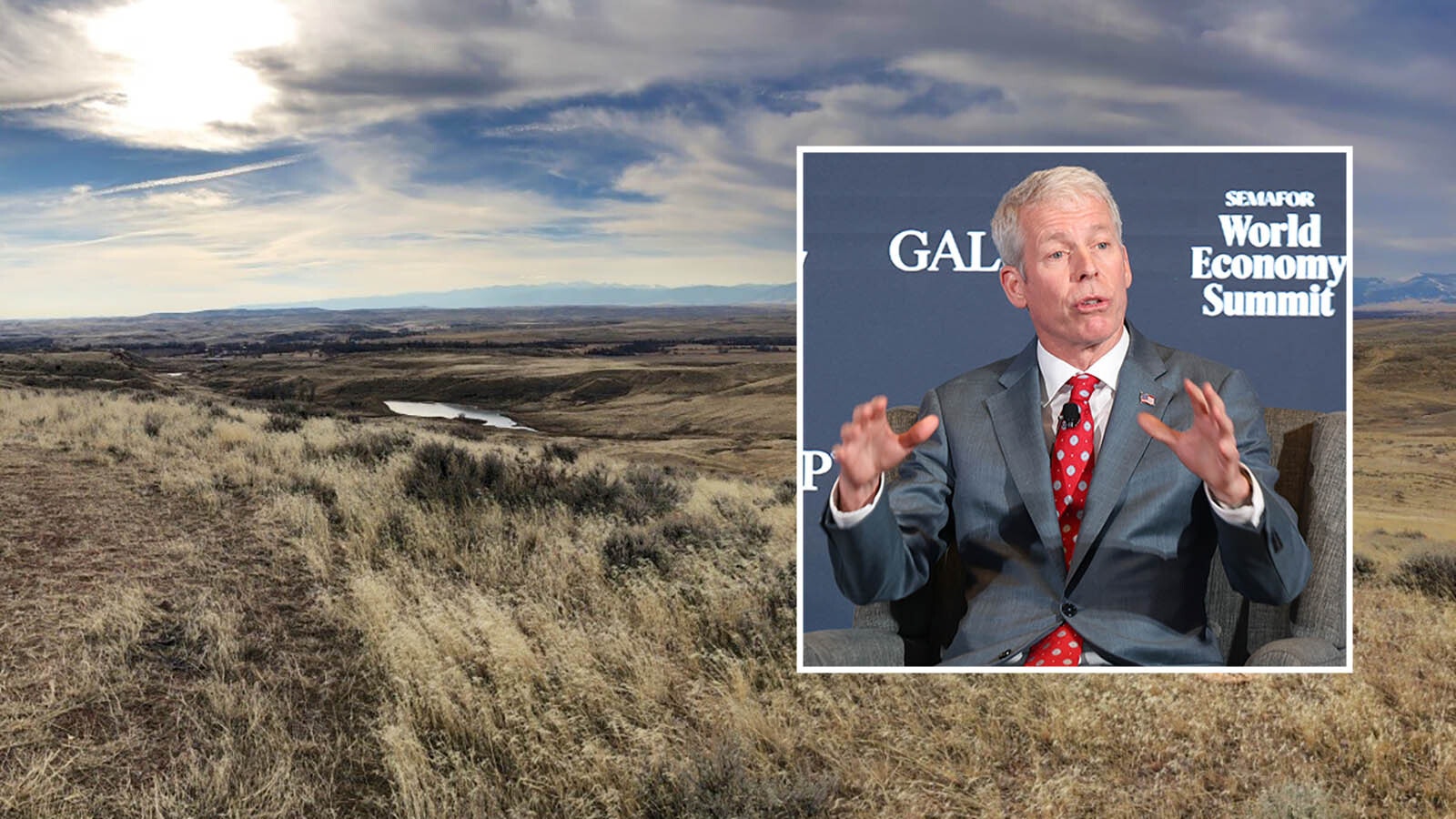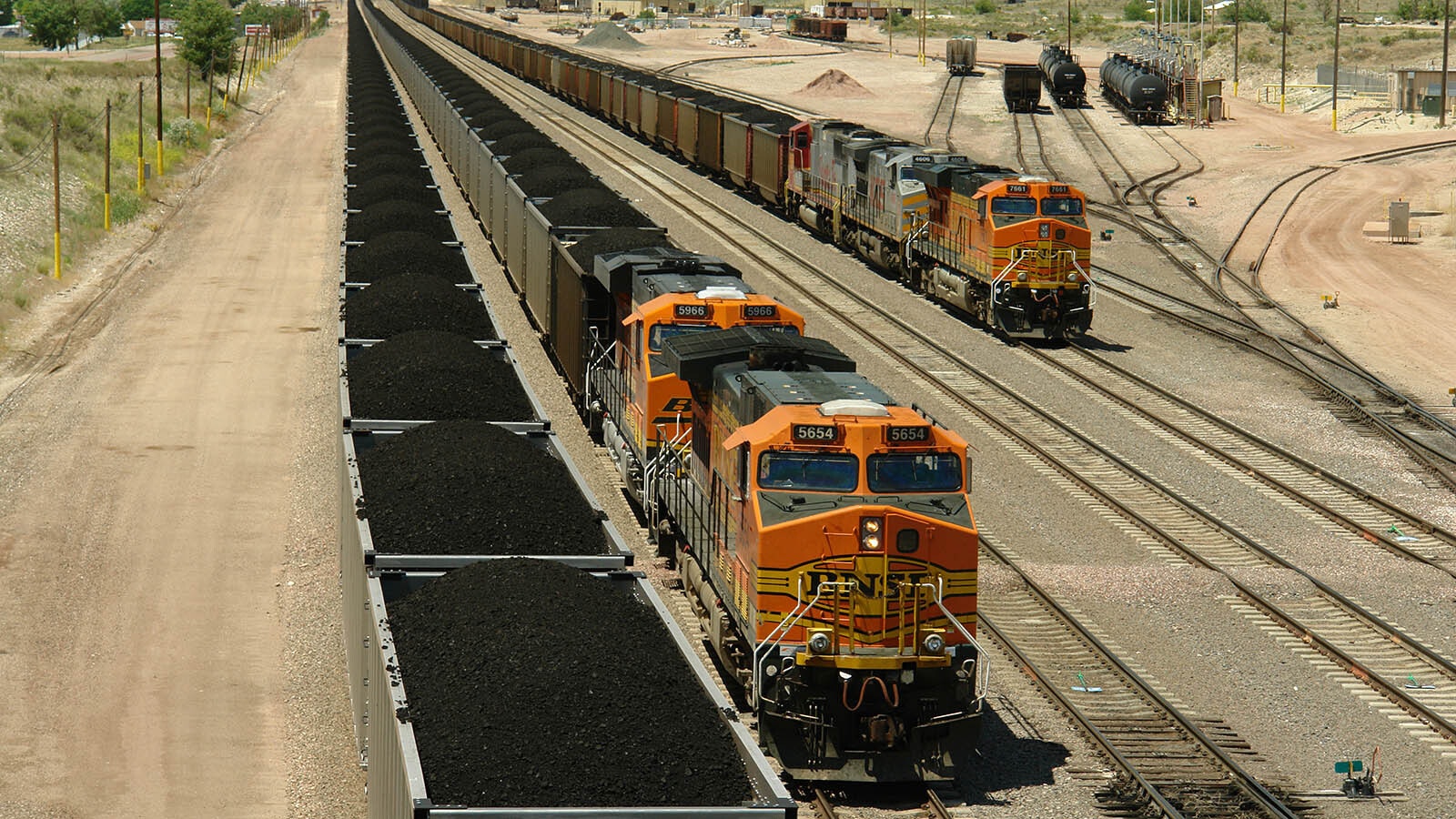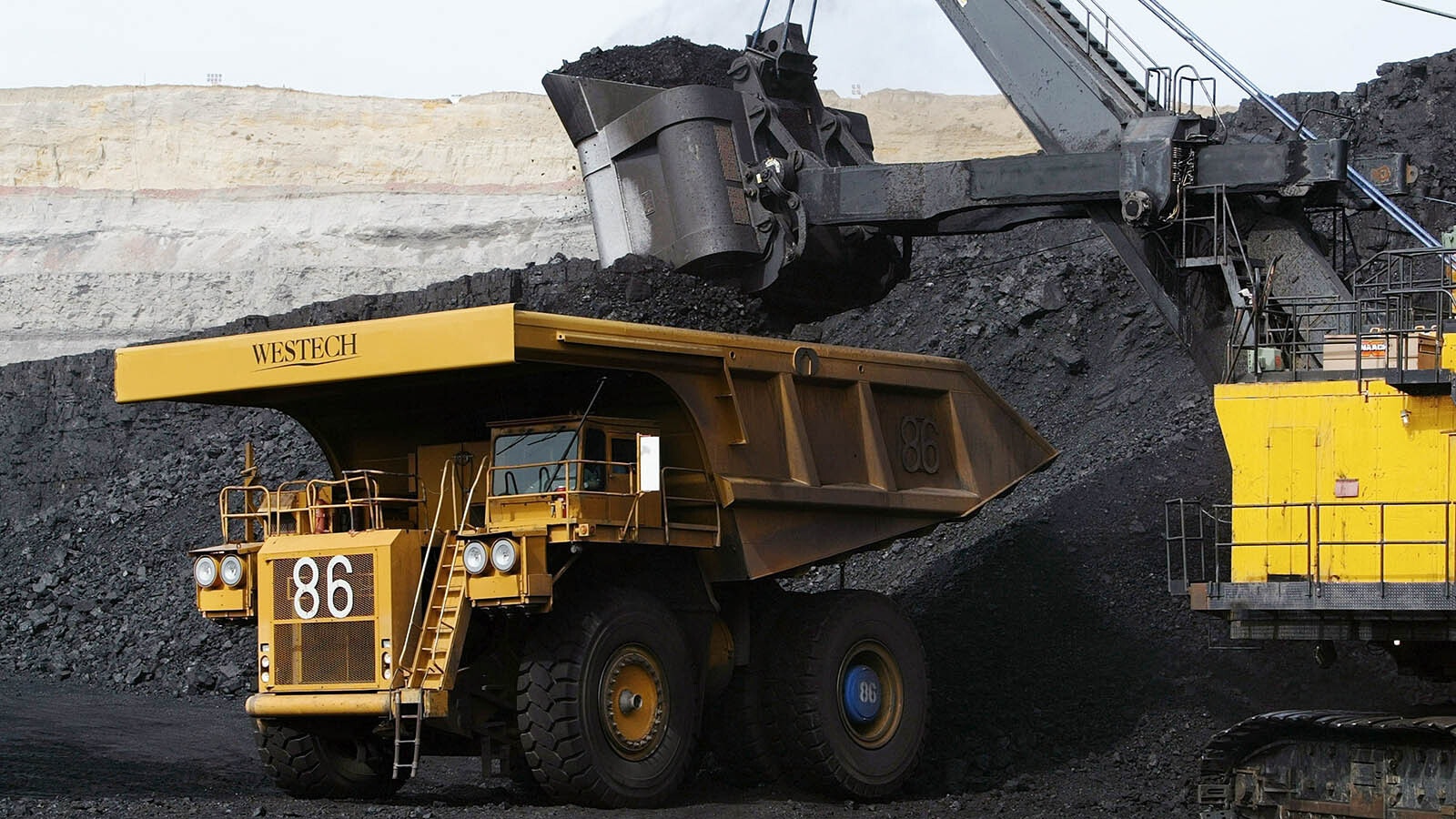This article was updated to say that the 43 million tons of waste is a total amount of waste produced by 2050.
The speed by which wind farms are being constructed across the U.S. is going faster than a spring wind in Casper. In about 20 years, the wind turbines put into operation today will be nearing the end of their lifespan. The ones built 20 years ago are nearing it now.
Since the blades are very difficult to recycle, the waste stream created by the retired blades is a mounting problem.
According to a 2017 study published in the scientific journal Waste Management, the world’s wind industry will be producing 43 million tons of blade waste by 2050, and up to 800,000 tons annually.
That’s the equivalent weight of 215,000 locomotives. The U.S. and Europe will account for 41% of that.
The size and weight of the blades vary, but the average length is around 120 feet and they weigh around five tons. Some of the largest can be as long as a football field and weigh 20 tons.
Currently, there are no scalable, cost-effective technologies to recycle the blades, and most of them are going to landfills.
Wind turbine manufacturers are looking at ways to make the blades more recyclable, and some recyclers are looking at ways to reuse the blades in hopes of keeping them out of landfills.
To The Dump
In 2019, the Casper Landfill accepted about 1,500 wind turbine blades for disposal. The photos of bulldozers pushing dirt over the chopped up blades were shared widely on social media.
Mike Bratvold, special waste supervisor with the City of Casper, told Cowboy State Daily the landfill isn’t currently taking any blades.
“We have rate codes and everything so that we’re capable of taking blades, but we don’t currently have any projects that are bringing us blades,” Bratvold said.
Bratvold said the blades don’t have any leaching potential so they’re not put inside the lined landfill pits where municipal solid waste goes. They’re more like construction and demolition waste.
Kieth Guille, outreach and public information officer for the Wyoming Department of Environmental Quality, told Cowboy State Daily there are regulations governing some types of construction and demolition waste, such as materials containing asbestos, but generally blades can be disposed of at landfills that are permitted for construction and demolition waste.
“At the end of the day, it’s up to the facility whether or not they want to take that,” Guille said.
The Matrix
Blades are made to be durable, as they’re spinning for two decades in inclement weather conditions. The way they’re manufactured to last that long also makes them hard to recycle.
Jonathan Naugton, University of Wyoming professor of mechanical engineering and Director of the Wind Energy Research Center, told Cowboy State Daily the composites contain various fibers and a resin that bonds all those fibers together into a solid matrix.
Naughton said research continues to find ways to make them more recyclable, and some manufacturers have announced that they have developed fully recyclable blades. It could be a while before those are deployed across all new turbines, Naughton said.
“We recycle a lot of the rest of the turbine — the steel in the turbine, the copper — all those kinds of things are infinitely recyclable. The blades are the last remaining piece we have to get better at,” Naughton said.
Mike Mazur, spokesperson for NextEra Energy Resources, which operates the Cedar Springs and Roundhouse wind farms in Wyoming, said that almost all the components in their turbines are recyclable. When the turbines are decommissioned, Mazur said, they work with turbine manufacturers to separate components and recycle the pieces. They also donate parts to wind technician training programs across the country.
“At NextEra Energy Resources, we aim to be good stewards of the environment, both in how we generate clean energy and how we dispose of our generation facilities at the end of their useful lives,” Mazur said.
Repurposed Blades
Even though blades can’t be broken down to create new materials like we can with an aluminum can or some plastics, there are ways to repurpose the blades and the materials they’re made of.
In Denmark, old blades are being used to make bike shelters.
Don Sylvester, CFO for Texas-based Xproducts U.S. LLC, is looking at ways of using ground-up blades in paving materials.
Sylvester told Cowboy State Daily there are 680,000 miles of roads in Texas. He said the state, as part of a program to encourage recycling, will pay 15% more for recycled paving material than what it pays for new stuff.The company is working through the process to get state approval for its paving material, and the company is looking to partner with a university.
Sylvester declined to say which one as the contract is still being negotiated, but he said it’s looking promising.
“They’re really excited about this,” Sylvester said.
Xproducts U.S. is also looking at using the old blades for concrete barriers on roadways.
“It just needs to have a little bit of weight. Instead of making new concrete for those things, you could just turn a lot of waste into those types of products,” Sylvester said.
Sculptures
Chris Navarro, a Casper artist, is trying to repurpose blades for public sculptures. He’s currently working with a wind turbine company to get the blades shipped from Sidney, Nebraska.
“We’re trying to get a bid to get the blades cut to the specifications we want and get them shipped to Casper. That’s my next hurdle,” Navarro told Cowboy State Daily.
He’s been working on the project for nearly three years. He said it’s a 180-degree turn from what he’s been doing as an artist, from representational monumental bronze sculptures to large, abstract structures made from fiberglass.
“It got a hold of me and won’t let go, so I’m going to follow it,” Navarro said.
He currently has a cutting order for about 45 blades, which won’t make much of a dent in the amount of waste the blades will be generating in the coming years. But Navarro said when he saw the photos of the blades being disposed of in the Casper Landfill, he wanted to find a way to help address the problem through his art.
Navarro said Platte River Trails Trust raised $40,000 to help him build Wind Cathedral at the head of the Platte River trail system.
Working On It
Naughton said research into the blade recycling problem has been going on actively for at least a decade now. It’s a problem the industry is aware of. Naughton was at a wind energy meeting on March 1, and the presentation included 2019 photos of the blade dump in Casper.
“Is this a problem, and are we working on it? Yes. Is it one that’s threatening the health and safety of anybody? No,” Naughton said.
He said it’s likely that within the next decade the fully recyclable blades will be deployed on all new turbines.
“It doesn’t mean that the existing turbine blades can’t be recycled. There’s just a limited number of uses,” Naughton said.
He points out that the blades are made of the same kinds of materials as boat hulls.
“Nobody gets upset when there’s a boat sitting in the dump,” Naughton said.

